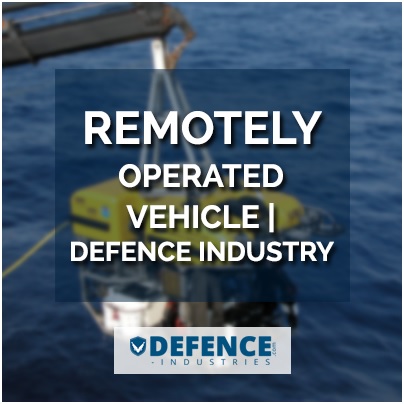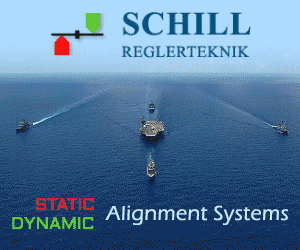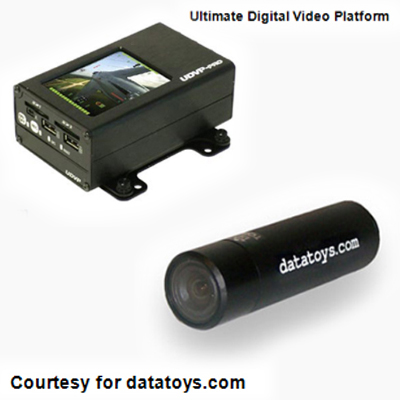Articles
Remotely Operated Vehicle | Defence Industry

An Overview of remotely Operated Vehicle (ROV):
A remotely operated underwater vehicle (ROV) is a tethered undersea mobile device. ROVs are unoccupied, usually highly swift, and operated by a team either aboard a sailing platform or on specific underwater land. They are common in industries such as marine hydrocarbon extraction, marine archaeologists, defence submarines and underwater researchers.
They are linked to a host ship by a neutrally floating tether or, often when working in deeper water, a load-carrying umbilical cable is sent along with a tether management system (TMS). The purpose of the TMS is to expand and shorten the tether the cable drag ROV where there are underwater currents.
The umbilical cable is comprised of electrical wires and fibre optics to transmit electricity, video, and data signals between the operator and the ROV. Despite, in high-power demands, most of the electric power drives a high-power electric motor which operates a hydraulic pump. The pump is when used to push and power equipment such as revolving tools and controller arms where electric motors are too difficult to work underwater.
ROVs are equipped with a video camera and lights. Additional equipment may include sonar's, magnetometers, a still camera, a manipulator or cutting arm, water samplers, and devices that measure water clarity, water temperature, water density, sound velocity and light penetration. Also, an optical-stereo camera has been mounted on ROVs to improve the pilots' visualization.
ROVs are built with a large floating pack on top of an aluminum chassis to provide the required buoyancy to perform a variety of tasks. The composure of the aluminum frame varies depending on the manufacturer's design. A tooling skid may be fitted at the bottom of the system to include a variety of sensors or tooling packages. Thrusters are usually a balanced vector configuration to provide the most accurate control.
Commonly, ROVs are found with two robotic arms; each arm may have a different gripping jaw. The cameras are also be safeguarded against collisions. An ROV may be equipped with Sonar and LiDAR equipment.
ROVs In Defence Industry
ROVs in military applications are primarily for the undersea observation and the recovery of lost devices and weapons. The technology since then developed steadily bringing the increase in operational capability. The change in the world political climate military founds it as the primary device for focusing underwater.
It is important for countries sharing coastal borders to be alert. Most Naval Defenses are equipped with ROVs. It acts as the backup to strengthen a boarders ability to defend against potential enemies from the tactical strikes.
ROVs replace the use of divers for undersea inspection tasks in hazardous environments such as minefields. Military, government, and force protection personnel found ROVs useful for a variety of marine inspection tasks such as dangerous combustion ordnance disposal, port security, mine countermeasures (MCM), and maritime ISR (Intelligence, Surveillance, Reconnaissance).
Features of ROV
- Due to its enhanced design, it is easy to use underwater ROVs can be extended in a quick time. It is highly beneficial in emergency situations where time is a barrier. It can reach areas that are too narrow or difficult to the divers.
- Underwater ROVs are strong and sturdy in design, developed to face harsh water conditions it requires minimal maintenance. ROVs can last years without the major repairs.
- Divers can only remain underwater up to 30-60 minutes at a time and an ROV depending on its battery life it can remain underwater for hours on end.
- One of the most exceptional benefits of the ROV is its photo and video recording capabilities. It can provide high-resolution footage even in dark and dirty waters.
- Micro ROV is much more cost effective than the submersibles. It can be affordable by the interested in exploring narrow underwater areas for the footage.
- Depth of the water will determine the length of the tether the cable that runs from the ROV to the controller provides communication and power. The speed needed will determine the power required in the motors to drive the ROV.







.jpg)

